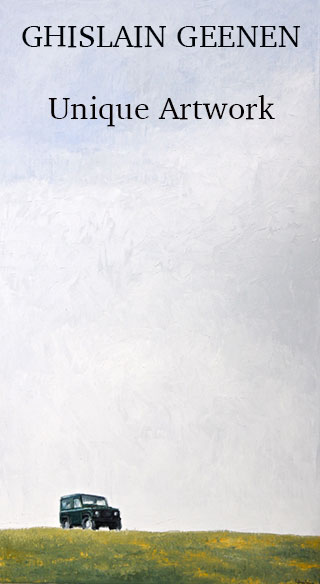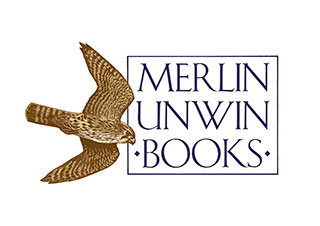John Rigby & Co. originated in Dublin and traded there until the 1865 move to London.
Having established a relationship with most of Ireland’s aristocracy and prominent men of means, Rigby continued to enjoy the patronage of these families after the move. Many kept large town-houses in London, in addition to their Irish seats, and would frequent Rigby’s shop in St. James’s Street while spending time in the capitol.
One such Irish family was the Jameson’s. John Jameson Irish whiskey has been a favourite tipple on the island since it was established at the Bow Street Distillery in Dublin, in 1780.
Numerous Jameson men appear in the Rigby Day Books, both Dublin and London editions. However, one stands out as having made his name in the history books for reasons other than keeping the Irish population merry. His name was James Sligo Jameson and his chapter in the history of Empire-building is a dark one.
James, the grandson of the founder of the distillery, was raised as a wealthy and well educated member of the Irish social elite. Like many a Victorian ruling-class scion he was imbued with a sense of duty, destiny and history, and a desire to make his mark on the world. In his own words, “making a name which was more than an idle one”.
In seeking to do so, James signed up to an expedition in 1887, headed by Henry Morton Stanley, who embarked on the lofty quest to find and save Emin Pasha.
James was enrolled as Naturalist to the Expedition. His wife edited and published his diaries, in 1890, as ‘Story of the Rear Column of the Emin Pasha Relief Expedition.’ It was not a happy tale.
he was imbued with a sense of duty, destiny and history, and a desire to make his mark
Emin Pasha was a Polish-born doctor, who ingratiated himself into the fabric of the Ottoman Empire and was appointed by the Kedeve of Egypt as governor of Equatora (South Sudan).
A revolt led by ‘The Mahdi’, which saw the death of General Gordon in Khartoum, forced Emin Pasha to head for Uganda where he appeared stranded and pursued. The British public sympathised, likening Emin Pasha’s plight to that of the recently killed General Gordon and public sentiment prompted a rescue mission.
The expedition to relieve him was privately funded by Scottish businessman William Mackinnon and friends and was led by Henry Morton Stanley., who declared it;“non-military… its purpose is to save, to relieve distress, to comfort” (and deliver supplies and ammunition).
The expedition was hugely ambitious and included a ship made in sections that could be carried over-land and re-assembled. Stanley received 400 applications from junior officers, who wanted to accompany him.
Jameson was successful, having credentials as a big game hunter in Africa and as a naturalist and artist. He also had the £1,000 (£170,000 in today’s money) donation Stanley required of participants.
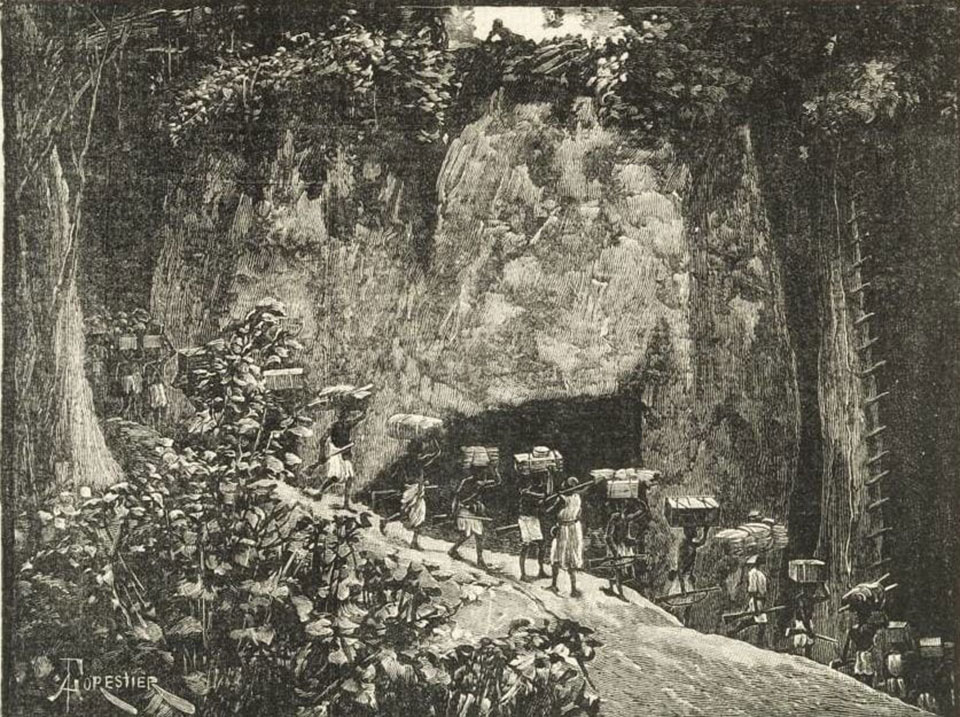
The party arrived in Leopoldville in March 1887 and was beset by problems immediately. They had too few steamers, too many men, not enough food and it was the rainy season. Stanley divided the expedition into an ‘Advance Column’ and a ‘Rear Column’.
As Stanley took the Advance Column through the Ituri Forest, losing almost half his four-hundred men in so-doing, Jameson was left in the Rear Column, which was waiting for re-supplies from a slave trader called Tipu Tip, which never materialised.
When Stanley returned in August he found disarray in the Rear Column. Only one British officer remained in post. The rest; either killed, invalided home or dead from disease. James Jameson was in Bangala, soon to die from fever.
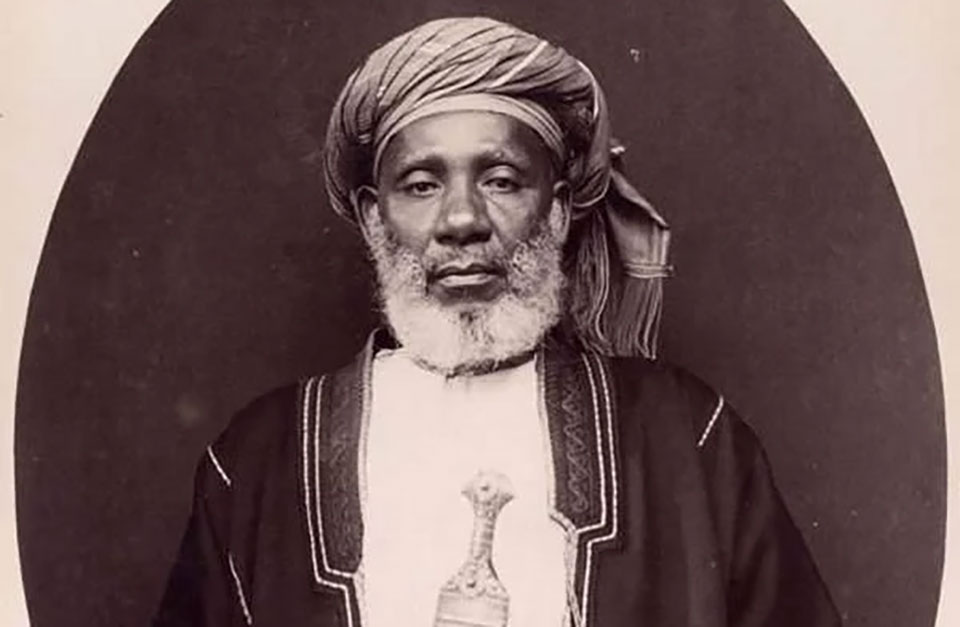
Stanley learned that while he had been fighting his way through the Ituri Forest, Jameson, languishing in the torpid base camp, had purchased a young slave girl from Tipu Tip, intrigued by news that some of his men were from tribes of cannibals. He paid for her with six silk handkerchiefs, gifted her to the natives and watched as the men stabbed her in the heart, then butchered her, while Jameson sketched the grizzly scene for posterity.
Fellow officer William Bonny reported that Jameson remained to witness the cooking and eating of the girl, later showing him sketches of the feast.
He paid for her with six silk handkerchiefs
In his own diaries, Jameson claims buying the girl was a ‘joke’ which got out of hand but the evidence does not lend this claim much credence.
Jameson’s name resurfaced at Rigby when an overseas visitor declared; “I have a Rigby gun that was made for a cannibal”. That statement got our attention and immediately made us think of James Jameson and his unfortunate reputation.
Jameson was certainly a regular customer. On 18th March 1879 he visited Rigby’s shop and spent £122.12s.3d. (£20,000 in modern terms). He bought a 10-bore rifle (serial number 14610) for £57.15s.0d. and a ‘second hand muzzle-loading gun’ for £11.0s.6d.
He also bought several thousand copper caps, revolver cartridges, bullets for .360 and .500 bore rifles, wads, wad punches, brushes, bullet moulds, case adjustment to fit a new gun and cartridges for a ‘WR No.2’. He also bought a pistol-holster, pouch and belt. All the consumables were bought in large numbers, as if for a long trip.
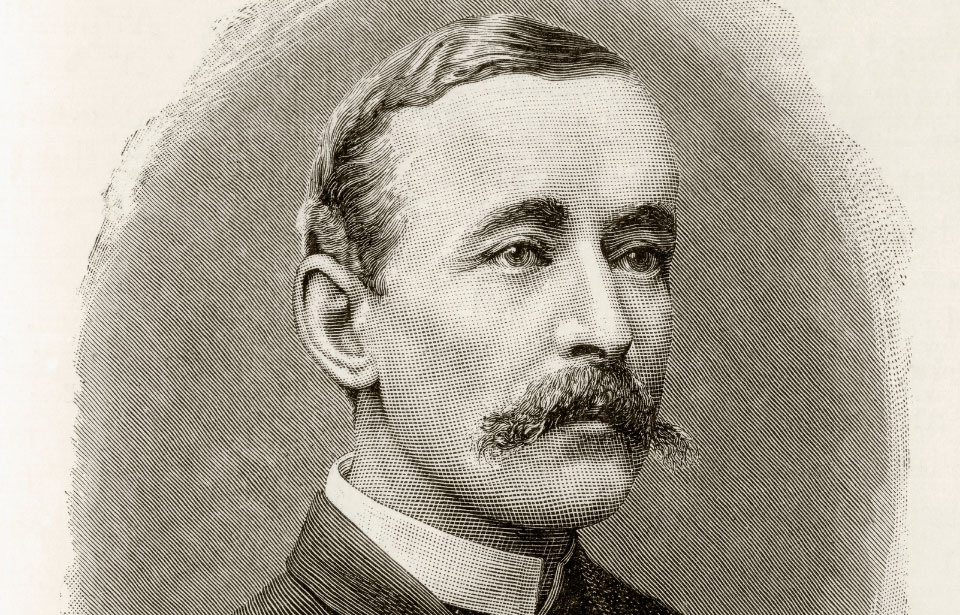
In August 1880 he was back, ordering a cased pair of .360 double rifles (Nos. 15002 & 15003) and sufficient implements and consumables to load 2000 rounds.
On the day of the first visit, Jameson would have been twenty three years of age. Nine years later, his body would be slumped in a filthy cot in the Congo, having succumbed to black-water fever, his reputation in tatters.
Apart from his legacy of unsavoury escapades that evoke Conrad’s ‘Heart of Darkness’, James bequeathed us the Jameson’s Antpecker, Jameson’s Firefinch and Jameson’s Wattle-eye; birds he catalogued and added to our knowledge-base during his earlier adventures as a naturalist.
James Sligo Jameson certainly owned a fair number of Rigby guns and rifles. It remains to be seen how many of those, still in the hands of collectors around the world, we can trace to his visits to our shop, when he was still a thrusting young buck with ambitions of ‘making a name which is more than an idle one’.
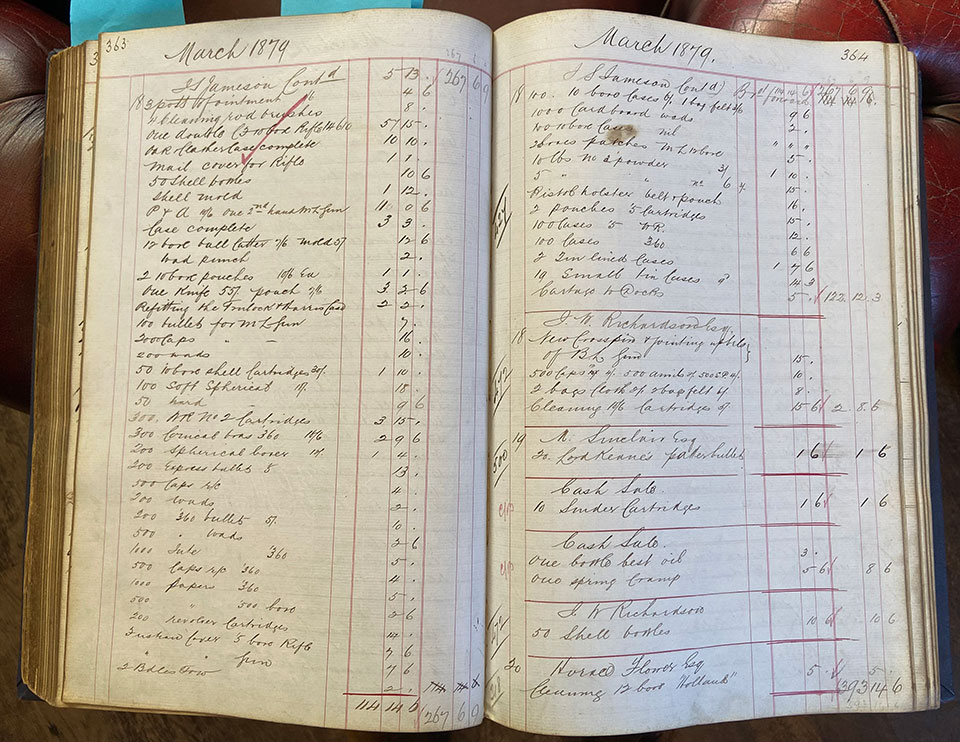
Published by Vintage Guns Ltd on

